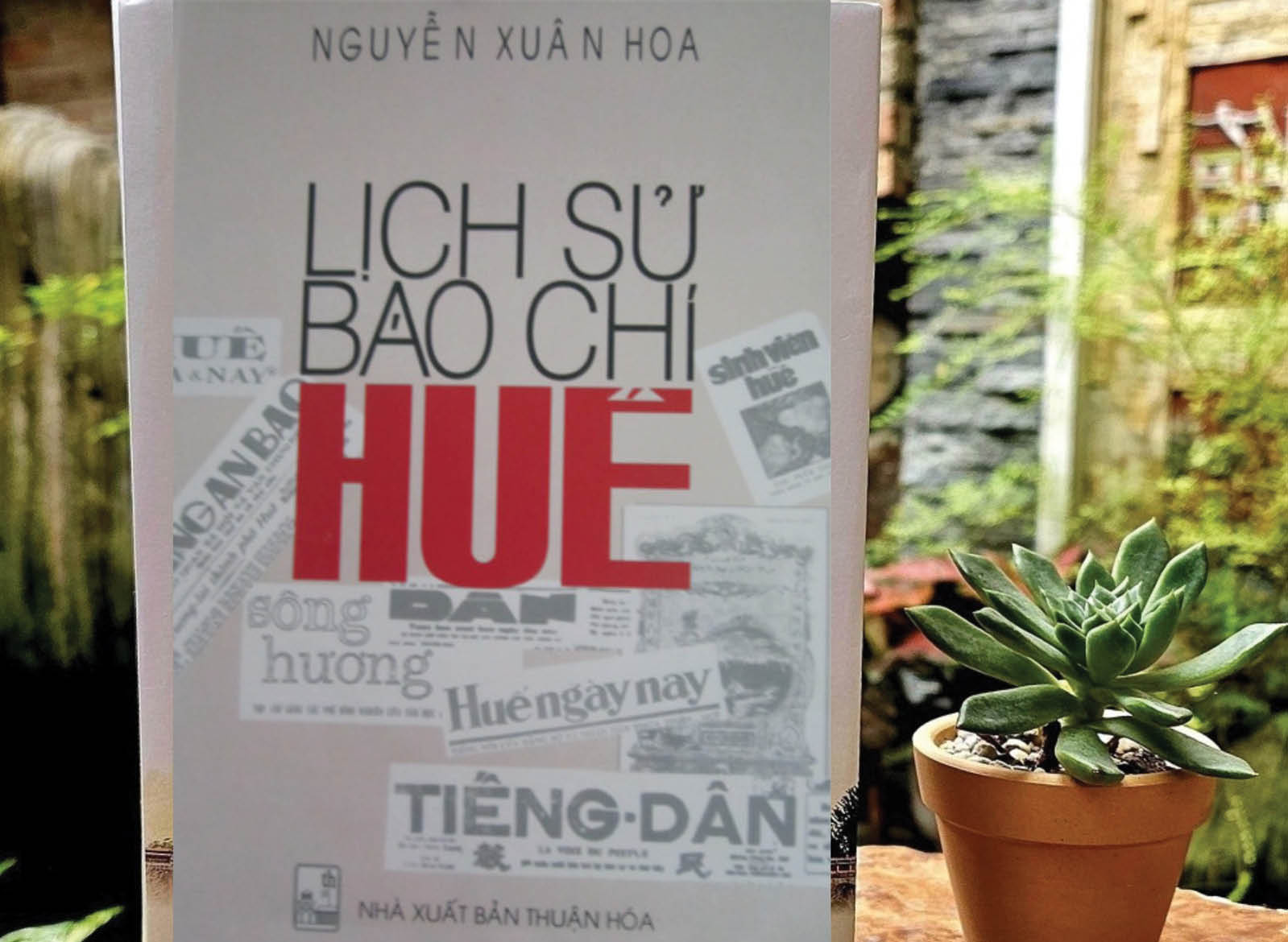 |
| Cover of the book History of Hue journalism |
Chapter 1, The Movement of Hue Press (21 pages), the author places Hue press in the general context of the press of the whole country, especially the birth, impact and influence of the press of the South and North during the French colonial period on the birth of Hue press. The author not only summarizes the history of the press of the whole country, but also finds evidence, the first foreign newspapers to enter Vietnam since 1840, under the reign of King Minh Mang.
Chapter 2, Hue Press before August 1945 (93 pages), the author presented the formation process, duration of existence, founders, characteristics and contributions of newspapers in Hue, such as Trang An, Song Huong, Phu Nu Tung San, Phu Nu Tan Tien, Than Kinh Tap Chi, Nhanh Lua, Kiet Giac, Tan The Ky, Vien Am, Vi Chua... in which, there are two newspapers that play an important role in the history of the country's press: Tieng Dan and Bulletin des Amis du Vieux Hue (often abbreviated as BAVH). Some newspapers are the author's discoveries, such as Trung Ky Bao Ho Quoc Ngu Cong Bao or Nam Trieu De Quoc Cong Bao.
Chapter 3, Hue Press from August 1945 to 1954 (45 pages), mainly mentions revolutionary newspapers and newspapers in the resistance zone, such as Quyet Chien, Quyet Thang, Dai Chung, Kiet Giac Ngai, Chien Si, Doan Ket,... legally published newspapers in the inner city were religious newspapers, newspapers of an independent or compromising nature, such as Giac Ngo, Phat Phap, Vinh Son, Kim Lai, Viet Nam Phu Nu, Tieng Goi, Song Moi... or government newspapers set up by the French in Hue, such as Trung Ky Cong Bao, Trung Phan Hanh Chinh Tap San, Tieng Ken...
Chapter 4, Hue Press from 1954 to 1975 (113 pages), is the chapter in which the author invested a lot of effort. In addition to the newspapers published in the liberated areas, such as Giai Phong, Co Giai Phong, Quan Giai Phong, Van Nghe Giai Phong, the author has surveyed quite carefully the public and semi-public newspapers in the inner city. The newspapers considered important appeared in public forums, such as Lap Truong, Dai Hoc of intellectuals teaching at universities and especially the movement press, where author Nguyen Xuan Hoa participated and advocated such as Dan Toc, Thai Hoa, Tap San Van Su. As an insider, having lived in the boiling atmosphere of struggle in the press forums at that time, every sentence, every word in this chapter was written with all his heart. It is a pity that he neglected to examine the press of the Saigon regime published in Hue, including two radio and television stations. In any case, it is also a part of the history of Hue press.
Chapter 5, Hue Press from 1975 to 2013 (47 pages), the author summarizes the press situation in the new period, surveying press agencies according to types. This is a period of "ongoing" press history, with no time to settle down, so the author stops to analyze in a moderate manner, but is full of concern about the current press situation when: "Looking back at previous periods, it seems that Hue is no longer a dynamic press center of the Central region, or even one of the outstanding press centers of the whole country like before" (pp. 329 - 330). The answer is not only the responsibility of researchers, but also of press leaders, managers, journalists and the press-receiving public, those who directly create the current press market.
Chapter 6, Looking back at 100 years of Hue journalism (7 pages), is just a summary to conclude the main content of the work.
In the two appendices; Part 1, Some Journalists in Hue (54 pages), he sketched portraits of typical journalists, those who devoted their lives or became famous from journalism in Hue, such as L. Cadière, Huynh Thuc Khang, Dao Duy Anh, Phan Khoi, Le Dinh Tham, Hoai Thanh, Nguyen Van Trung, to those who were born and raised in Hue and have made their mark on the history of journalism in their homeland, such as Hai Trieu, Pham Ba Nguyen, Cao Huy Thuan, Ngo Kha. Part 2, List of newspapers in Hue (43 pages), the author listed the names, characteristics, hosts, editorial offices, first issues, last issues, and newspaper sizes of 239 newspapers as the subjects of the survey. What an elaborate, time-consuming, and dedicated work.
As a historian, Mr. Nguyen Xuan Hoa is very aware that he must grasp the events, characters and time in order to be able to sketch the historical picture and analyze and explain it clearly. Moreover, he is one of the rare people today who thoroughly understands both literature and history. He writes history with the perspective and writing power of a writer. In him, there is an integration between logical thinking and figurative thinking, between the content of events and aesthetic content, creating a writing that is both attractive and convincing to readers. The writer does not stop at the history of journalism, but also the history of political struggles, the history of spiritual life and the fate of a land; higher is the history of the country, the history of the nation.
Of course, like any work, it is difficult to achieve absolute perfection. There are some shortcomings, though small, but they need to be mentioned for the next reprint. That is, it is necessary to examine the press of the Saigon regime, to see its harmful effects and dangers to the revolution and the history of the nation. Or it is due to a mistake in historical timing when stating that the newspaper Nhan Aware, published by the group of Nguyen Dac Xuan and Ha Nguyen Thach, issue 3 published in April 1964, also "published a petition from students of schools under Hue University asking President Ngo Dinh Diem to revoke the order to dismiss priest Cao Van Luan from the position of Dean" (p.215), while the Diem regime had ended in 1963, which is a regrettable mistake.
It is impossible to demand everything from a work, especially a subject that spans 100 years of history, that only one person did, not only spending time and effort but also spending his own money to collect documents from the North and the South and print them, to bring about such a result. This is not the first work on the history of local journalism (Quang Nam Newspaper in the 20th Century by Pham Phu Phong and Phan Quoc Hai, published by the Department of Science and Technology of Quang Nam and Hue University of Sciences in 2012), but it is the most complete work, which can be studied as a textbook to teach students majoring in journalism and communication at universities.
Anyway, this is just the beginning. There will be many people who will continue to research the history of Hue journalism, but I am afraid that it will be difficult (not impossible) to surpass this work.
Source: https://huengaynay.vn/van-hoa-nghe-thuat/doc-lai-de-cam-nhan-ve-lich-su-bao-chi-hue-154667.html


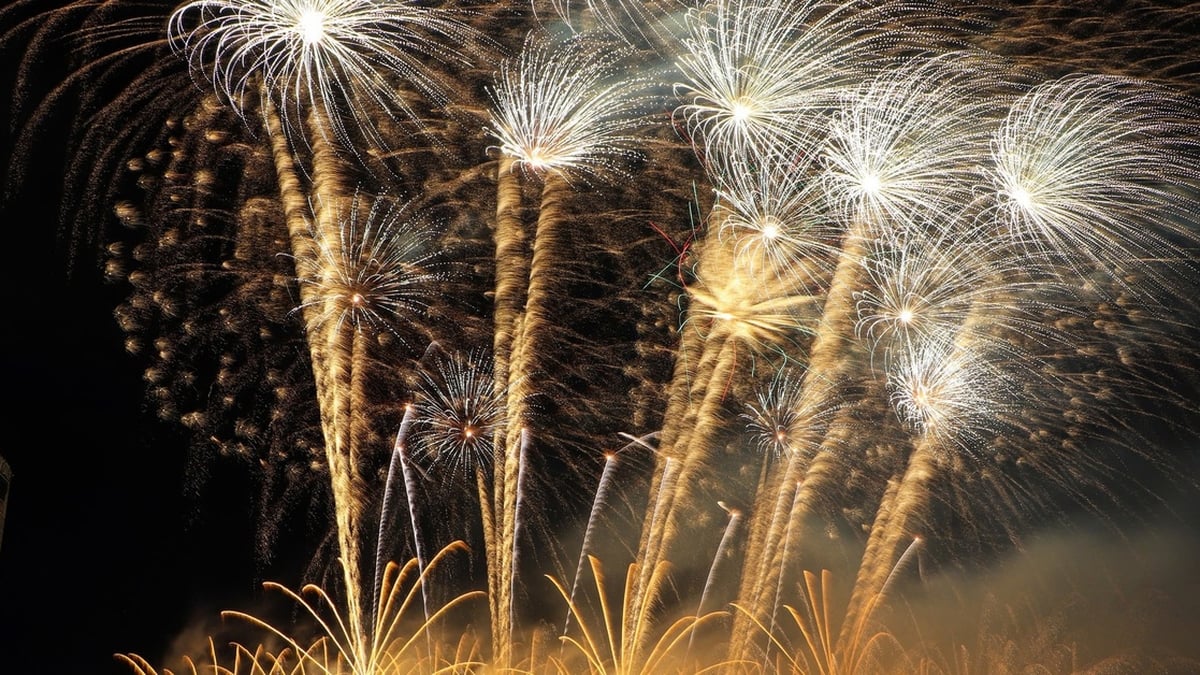

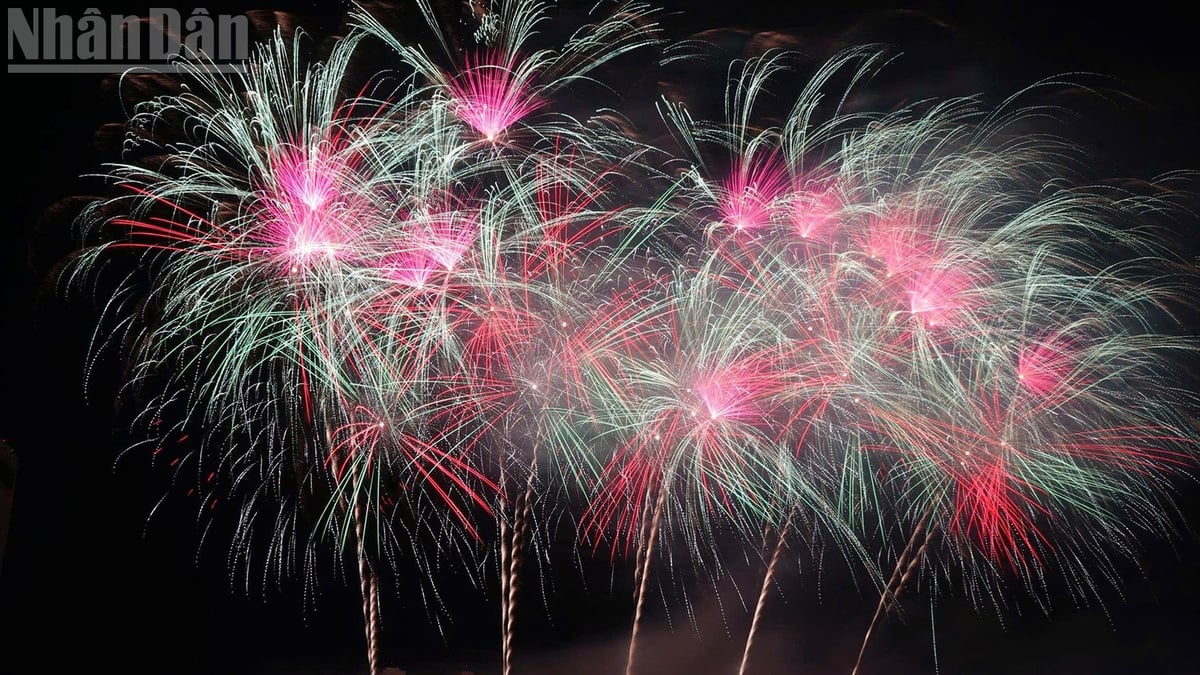



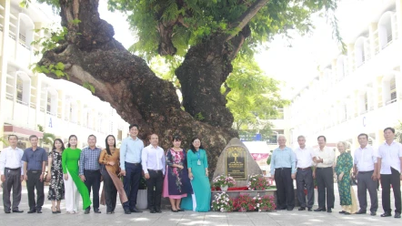



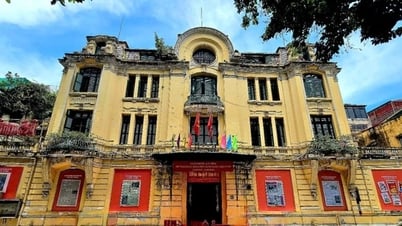












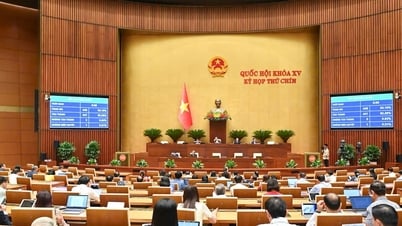
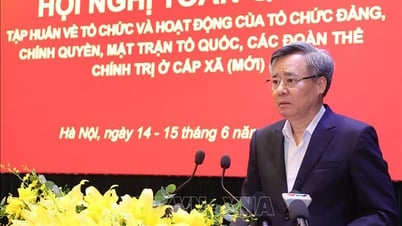
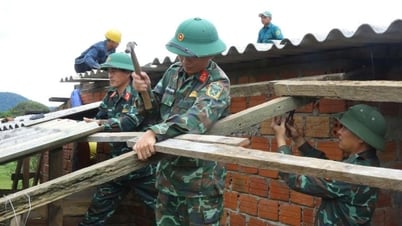
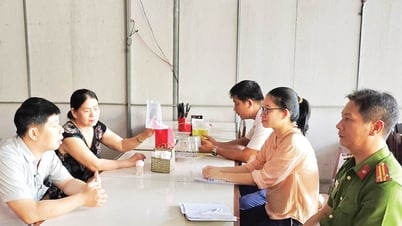
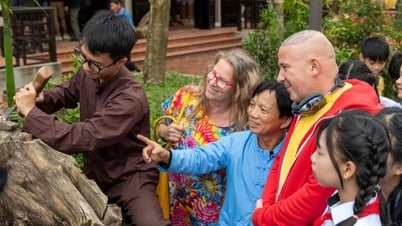


































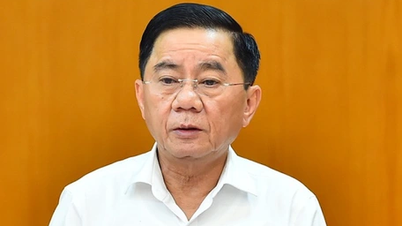

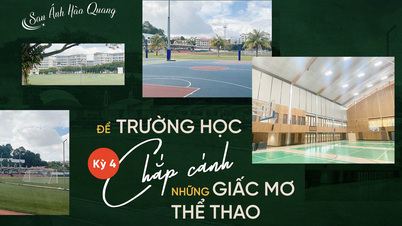


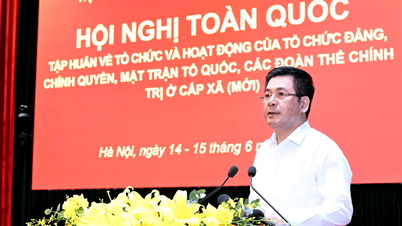


























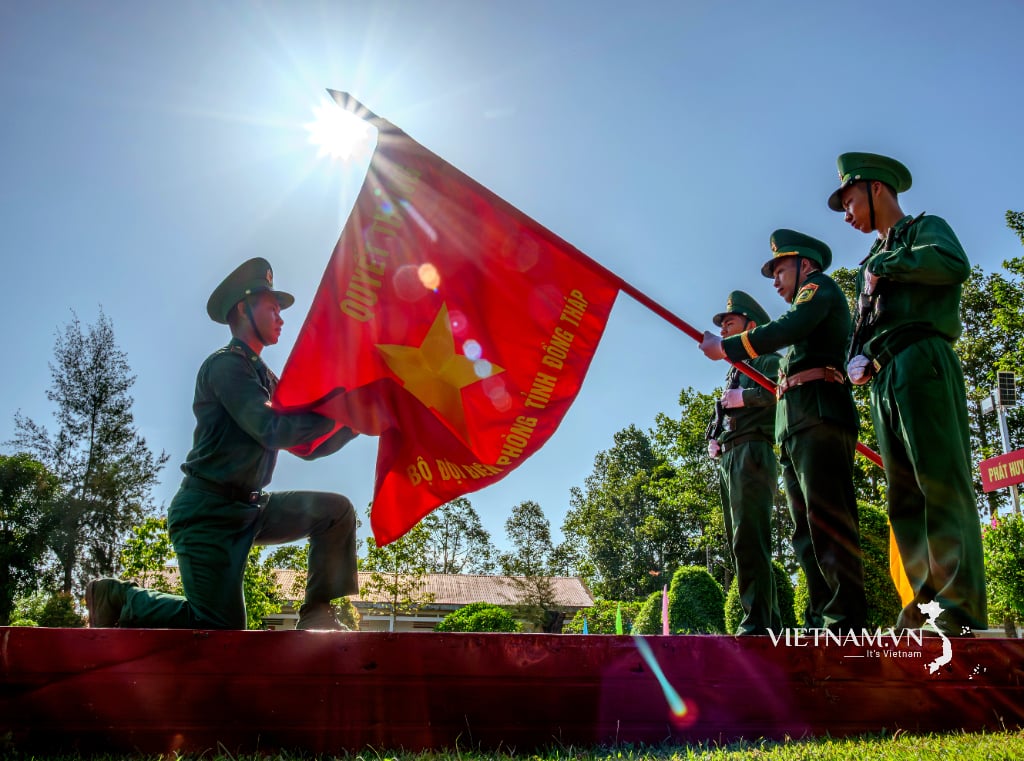
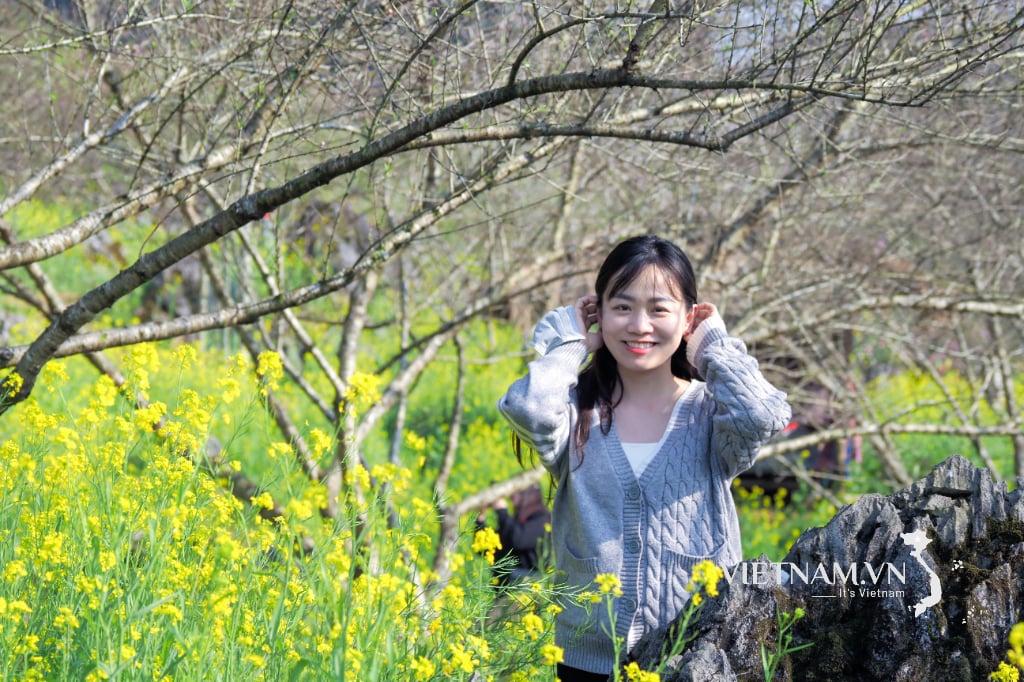
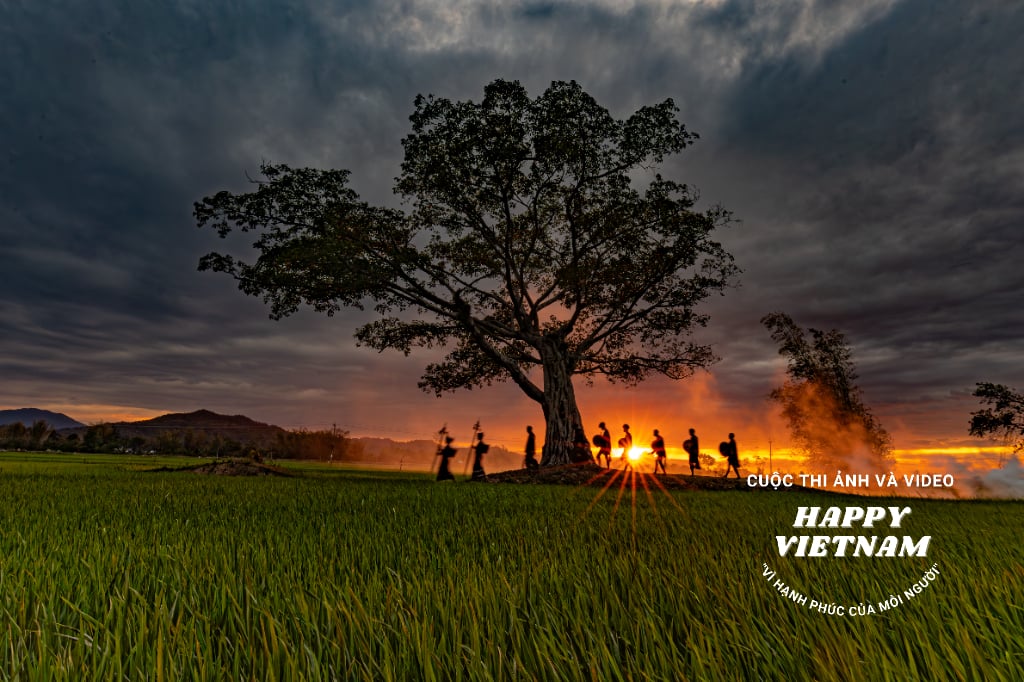
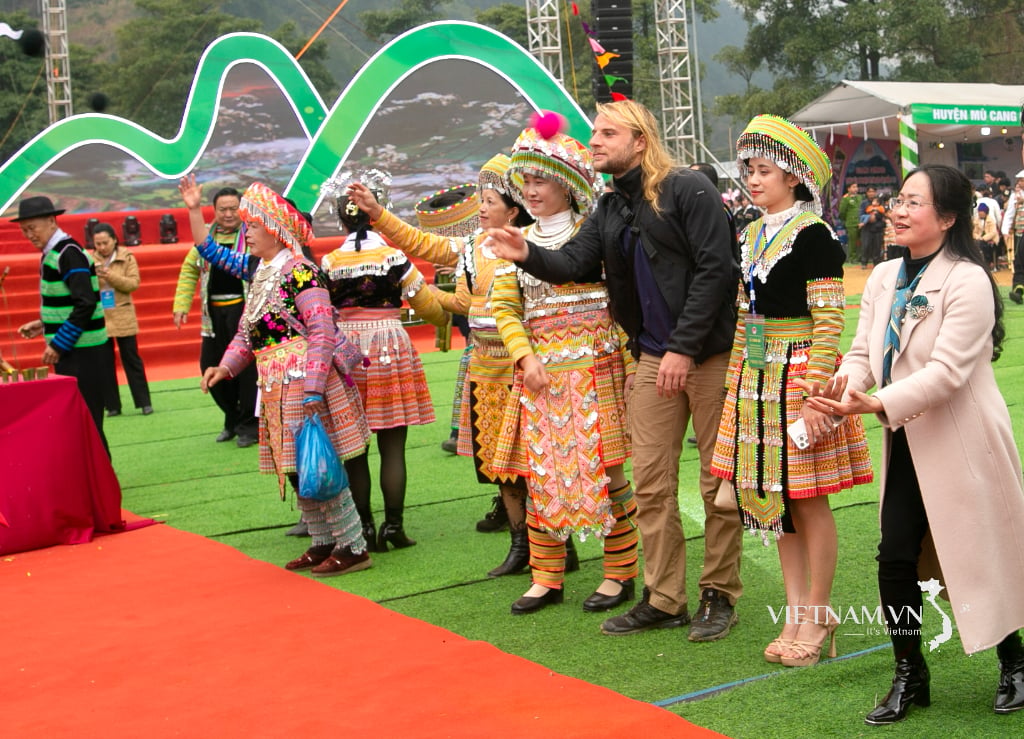
Comment (0)